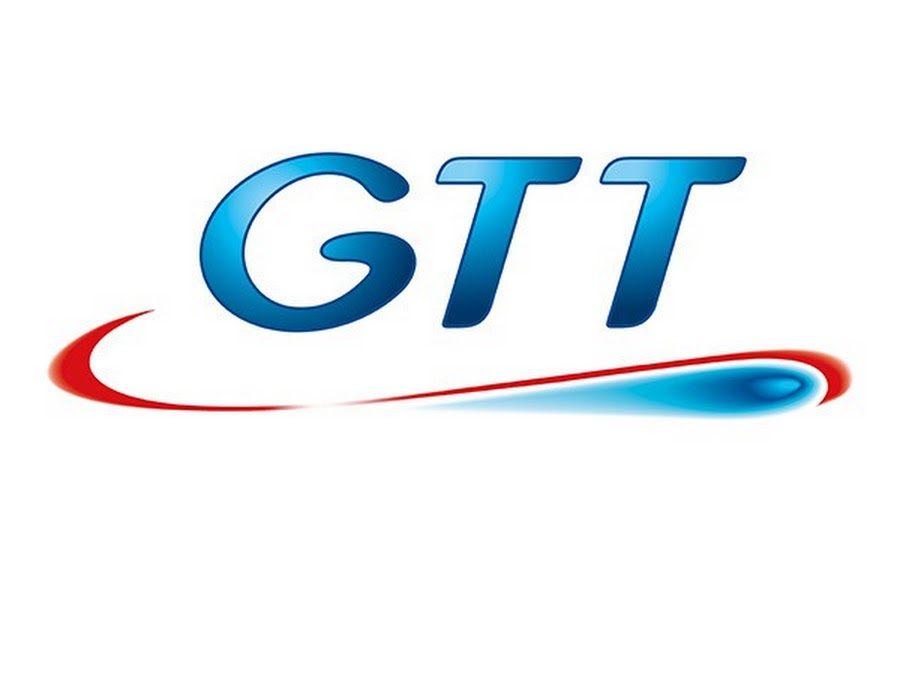GTT announces that it has received two Approvals in Principle (AiP) for its innovative three-tank LNG tanker design, from DNV and Bureau Veritas (BV). This cutting-edge technological solution is aimed at increasing the profitability and overall performance of the vessel.
This three-tank LNG carrier concept permits a reduction in construction costs through the suppression of one cofferdam, one pump tower and all associated cryogenic equipment (liquid and gas domes, valves, piping, radars, etc.). The overall surface area of the containment system will also be reduced by about 2,000 m², generating lower costs for the materials and vessel construction.
At the same time, the improved ratio between the volume of LNG transported and the surface area of the cryogenic liner will make it possible to reduce the daily boil-off rate. As an example, GTT estimates that it will achieve a boil-off rate as low as 0.080% of tank volume per day with the Mark III Flex technology, compared to 0.085% of the volume per day with the LNG carriers currently in operation.
This new design could also offer time-savings for shipyards and optimise their construction schedule.
DNV and BV have issued an approval in principle for this innovative three-tank LNG carrier design for the Mark III and NO96 technologies developed by GTT.
Philippe Berterottière, Chairman and CEO of GTT, said: “For almost 60 years, the GTT Group has been constantly improving its technologies to offer its customers solutions that meet their requirements as well as those of the regulatory authorities. Thirty years ago, we upgraded LNG carriers from five to four tanks and we now hope to bring the market forward with a three-tank LNG carrier.
We hope to see this concept become standard in future years.”
Jean-Baptiste Boutillier, VP Development, Innovation and Technical Strategy at GTT, said: “We are honored by the granting of these two approvals in principle for the design of the three-tank LNG carrier. We are convinced that this evolution will benefit all stakeholders by improving the performance of the LNG carrier while reducing its carbon footprint.”
Source: Hellenic Shipping News





